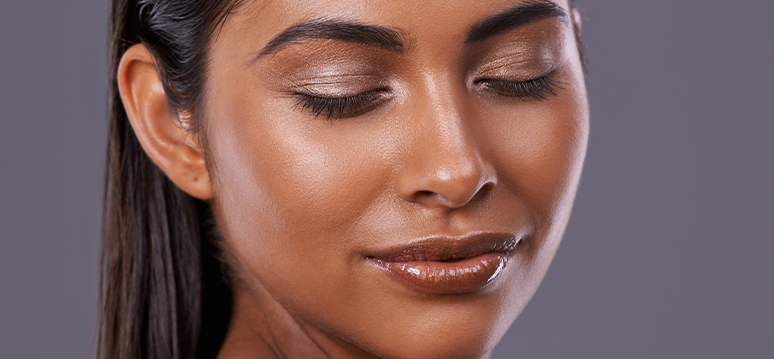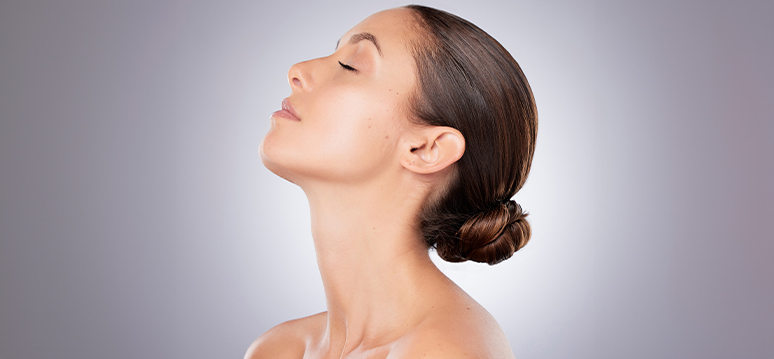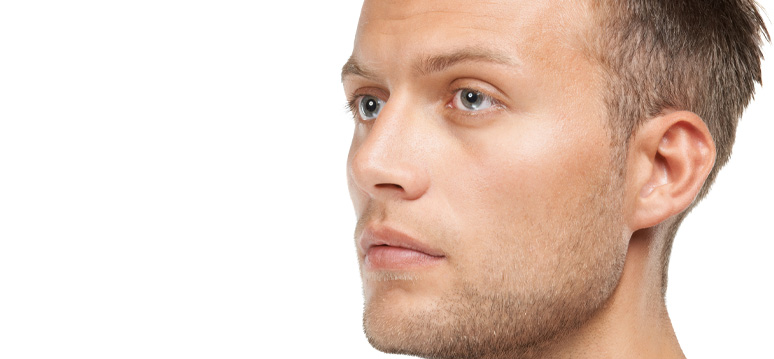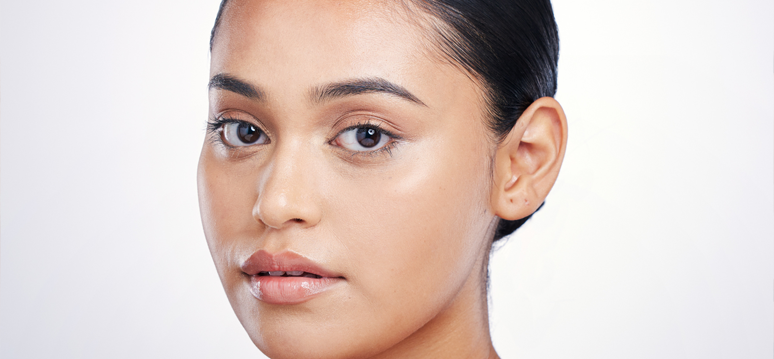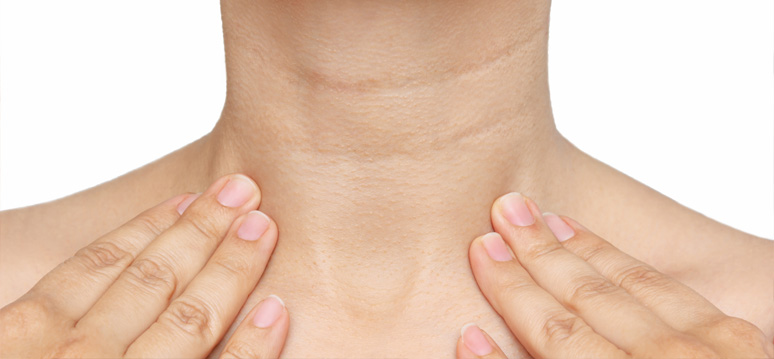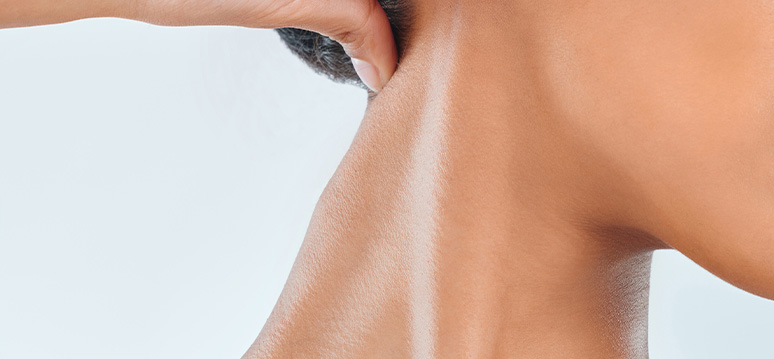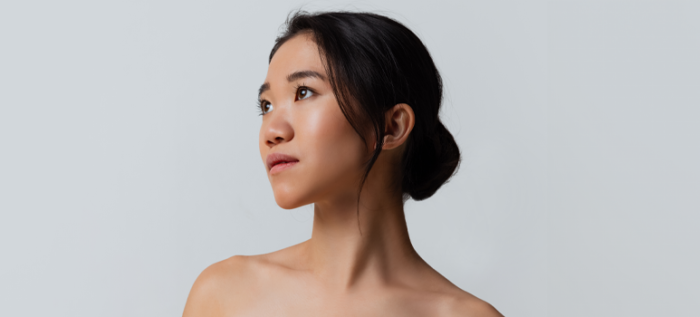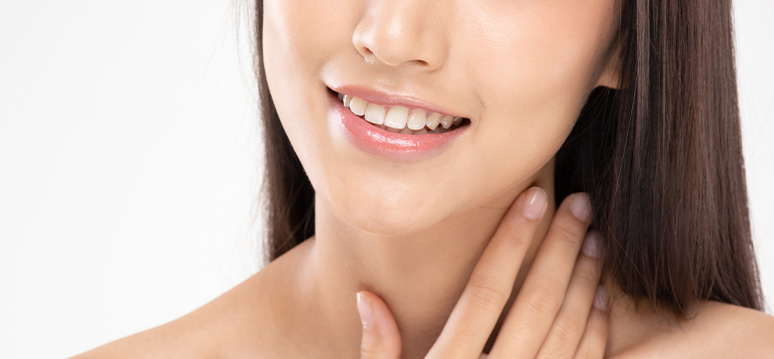Are you finding that your once-sharp, defined jawline is beginning to soften, giving way to an unwelcome sag just below the chin? If so, you’re not alone. This common sign of aging, known as jowls, can be a frustrating and confidence-deflating experience. Jowls are essentially the loose, sagging skin and tissue that develop along the lower jawline and chin, blurring the crisp angle that defines a youthful face.
The appearance of jowls is one of the most common cosmetic concerns our patients voice at Memorial Plastic Surgery in Houston, Texas. People travel from all over the Houston metropolitan area, including nearby cities like Sugar Land, The Woodlands, Katy, and Cypress, seeking solutions to restore a firmer, more contoured look. But before we dive into the effective treatments, it’s crucial to understand the foundational question: What causes jowls?
Understanding the root causes is the first and most critical step in developing an effective strategy—whether that’s prevention, a lifestyle change, or a professional cosmetic treatment. This comprehensive guide will meticulously unpack the science behind jowl formation, providing you with the knowledge you need to take back control of your profile and maintain your best look for years to come.
The Primary Culprit: The Natural Aging Process
The most significant factor in the development of sagging jowls is simply the passage of time. The natural process of aging impacts every layer of our facial structure, leading to a cascade of changes that ultimately result in a blurred jawline contour.
The Triple Threat: Collagen, Elastin, and Volume Loss
- Diminished Collagen and Elastin Production: These two proteins are the scaffolding of your skin. Collagen provides structure and plumpness, while elastin gives your skin the ability to snap back into place after stretching or movement. Starting in our late 20s, the production of both these essential proteins begins to slow down dramatically. The reduced structural integrity means your skin becomes less firm and less resilient.
- Facial Volume Redistribution and Loss: In youth, we have a generous amount of “good fat” high up in the cheeks, which acts like natural padding, supporting the skin and tissue of the lower face. As we age, this fat thins, descends, and shifts downward due to gravity. The loss of support in the mid-face causes the remaining skin and tissue to pool and sag along the jawline, creating the classic appearance of jowls.
- Bone Resorption: Often overlooked, changes in the underlying bone structure of the jaw and chin also contribute to jowl formation. The jawbone naturally shrinks and recedes over time, reducing the bony support framework that holds the soft tissues of the face taut. Without this firm anchor, the skin and muscle are left to hang, exacerbating the appearance of the saggy skin and tissue we identify as jowls.
Beyond the Years: Genetics and Facial Structure
While aging is universal, the age and severity with which jowls appear can be highly individual. In many cases, you can look to your family tree for clues.
- Inherited Predisposition: Your genetics play a massive role in determining your skin’s innate quality, including its natural collagen and elastin production rate, and your inherited facial structure. If your parents or grandparents developed prominent jowls early, you are more likely to do the same.
- Facial Bone Structure: Individuals with a naturally strong, broad jawline and prominent cheekbones tend to show jowls less or later in life because they have a sturdier structural “coat rack” for the facial tissues to hang on. Conversely, a receding chin or a less-defined jawline offers less support, making the effects of gravity and volume loss more immediately noticeable.
The Environmental and Lifestyle Accelerators
While you can’t stop time or change your DNA, several controllable environmental and lifestyle factors can drastically accelerate the formation of sagging jowls.
The Number One Offender: Sun Damage (Photoaging)
UV radiation from the sun is the skin’s worst enemy. It penetrates the layers of the skin and directly breaks down collagen and elastin fibers at a rapid pace—a process known as photoaging. Chronic, unprotected sun exposure not only causes fine lines and wrinkles but is one of the fastest ways to weaken the skin’s structure, leading to premature and pronounced jowl development.
Smoking and Nicotine
The chemicals in tobacco smoke are toxic to your skin’s health. Smoking causes:
- Reduced Blood Flow: Nicotine constricts blood vessels, reducing the essential oxygen and nutrients delivered to your skin cells.
- Accelerated Collagen Breakdown: The free radicals generated by smoke drastically hasten the breakdown of collagen and elastin, making the skin thin, fragile, and prone to sagging.
Weight Fluctuations
Significant and rapid weight gain or loss can impact the lower face.
- Weight Gain: Extra fat deposits in the lower face and neck area stretch the skin.
- Rapid Weight Loss: When the fat is lost quickly, the stretched skin may not have enough time or elasticity to retract and conform to the new, smaller underlying structure, leading to excess, loose skin and the formation of visible jowls.
Gravity and Posture: The “Tech Neck” Effect
You may have heard of “Tech Neck,” which is more than just a passing buzzword. Constantly looking down at a smartphone, tablet, or laptop places repetitive strain on the neck muscles and skin. This habit encourages the skin and underlying fat to fold and descend toward the jawline and neck, essentially giving gravity a helping hand in creating or deepening your jowls.
Proactive Prevention: Lifestyle Tips to Delay Jowl Formation
While the underlying jowls causes are formidable, a proactive approach can significantly delay their onset and reduce their severity.
- Sun Protection is Non-Negotiable: This is your most powerful tool. Apply a broad-spectrum SPF 30+ sunscreen daily, rain or shine, even when indoors or driving. Wear a wide-brimmed hat for prolonged outdoor exposure.
- Smart Skincare: Incorporate clinically proven ingredients into your routine. Retinoids (Retinol, Tretinoin) stimulate collagen production, and Antioxidants (Vitamin C, Vitamin E) protect your skin from free-radical damage.
- Maintain a Stable, Healthy Weight: Avoid the yo-yo effect of rapid weight cycling. A diet rich in lean protein, healthy fats (like Omega-3s), and antioxidants from fruits and vegetables supports overall skin health and resilience.
- Mind Your Posture: Practice holding your phone or tablet up closer to eye level. When working at a desk, ensure your monitor is elevated to reduce the strain on your neck and combat the “Tech Neck” phenomenon.
- Stop Smoking: Quitting smoking is the single best lifestyle decision you can make for your overall health and the preservation of your skin’s youthful structure.
Effective Treatments: Getting Rid of Jowls
If you’ve already noticed the signs of jowls, or if you’re seeking more dramatic or long-lasting results, the good news is that modern aesthetic medicine offers a range of highly effective options. At Memorial Plastic Surgery, serving patients across Houston, Texas and communities like Missouri City and Pearland, we customize a treatment plan based on the severity of your jowls and your personal goals.
Non-Surgical Treatments for Early to Moderate Jowls
For those with mild to moderate sagging, non-surgical options can provide excellent definition with minimal downtime.
- Dermal Fillers: Strategic placement of hyaluronic acid fillers (like Juvéderm® or Restylane®) in the chin, jawline, and even the mid-face can restore volume loss and recreate the bony structure that supports the lower face. This is an excellent way to mask the appearance of minor jowling by re-establishing a crisp jawline.
- Energy-Based Devices (RF Microneedling, Ultrasound): Technologies like radiofrequency (RF) microneedling (e.g., Morpheus8) and focused ultrasound (e.g., Ultherapy) deliver controlled heat deep into the skin’s layers. This heat energy triggers a powerful healing response, contracting existing collagen and stimulating the formation of new, tighter collagen.
- Submental Fat Reduction (Kybella, CoolSculpting): If the jowls are compounded by a modest amount of fat under the chin, treatments that dissolve or freeze that excess fat can significantly improve the jawline contour, revealing a more chiseled look.
The Gold Standard: Surgical Solutions for Significant Jowls
For patients with significant skin laxity and pronounced sagging jowls, a surgical procedure offers the most comprehensive and permanent solution.
- Neck Lift: Often combined with liposuction to remove fat, a neck lift targets the skin and underlying muscle (Platysma) of the neck and lower face. By tightening the muscle bands and trimming excess skin, a neck lift dramatically restores a smooth, youthful neck and jawline.
- Facelift (Lower Face Lift): The most comprehensive procedure for addressing moderate to severe jowls. A facelift repositions the deeper facial tissues, tightens the underlying muscle structure (SMAS), and removes excess, sagging skin, resulting in a firm, natural, and lasting rejuvenation of the entire lower face and jawline.
Frequently Asked Questions (FAQ) about Jowls
Am I too young to develop jowls?
Not necessarily. While most people begin to see jowls in their 40s or 50s, those with strong genetic predisposition, history of sun damage, or rapid weight loss may notice them as early as their late 20s or 30s. Preventative measures and non-surgical treatments can be highly effective in these early stages.
Do facial exercises actually help get rid of jowls?
The scientific evidence is limited and mixed. While facial exercises may help tone the underlying muscles, they do not address the primary jowls causes like collagen/elastin loss or bone resorption. In fact, repetitive, exaggerated movements could potentially exacerbate fine lines and wrinkles. A consistent skincare regimen and professional treatments are more reliable solutions.
What's the best treatment for my jowls?
The “best” treatment depends entirely on the degree of your skin laxity, the amount of fat present, and your overall facial anatomy. Mild jowls often respond well to non-surgical options like fillers or RF treatments. Moderate to severe jowls typically require the more powerful, long-lasting results of a surgical Neck Lift or Facelift. A personal consultation with a board-certified plastic surgeon, like those at Memorial Plastic Surgery in the heart of Houston, is essential to create a tailored plan.
Your Defined Profile Awaits: Conclusion and Next Steps
The battle against jowls is a multi-faceted one, rooted in the inescapable realities of aging, genetics, and environment. From the slowdown of collagen production to the impact of sun exposure and “Tech Neck,” the causes are clear. The path to a defined, youthful jawline, however, is equally clear: diligent prevention and targeted, expert treatment.
If you are concerned about sagging jowls and are ready to explore the sophisticated solutions available, it’s time to consult with a specialist. The experienced team at Memorial Plastic Surgery is dedicated to helping patients l in Houston and Webster, Texas, along with surrounding communities and across the country achieve their aesthetic goals with personalized care and state-of-the-art techniques.
Take the first step toward a firmer, more confident profile. Schedule your consultation with our board-certified facial plastic surgeon, Dr. Tyler McElwee today!



